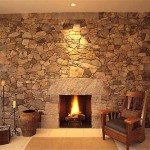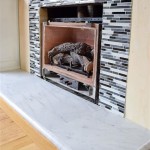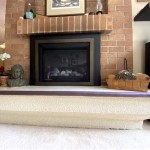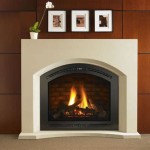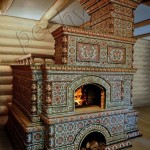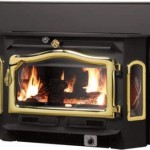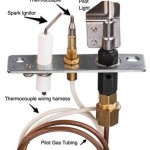Essential Aspects of Gas Fireplace Pipe Replacement
Gas fireplaces offer warmth, ambiance, and convenience to any home. However, their safe and efficient operation depends on the proper installation and maintenance of the gas piping system. Over time, gas fireplace pipes may deteriorate or become damaged, necessitating replacement. Understanding the essential aspects of gas fireplace pipe replacement is crucial to ensure safety and optimize performance.
Signs of Required Pipe Replacement
Several telltale signs indicate the need for gas fireplace pipe replacement:
- Corrosion or Rust: Visible signs of rust or corrosion on the pipe's exterior or interior are clear indicators of deterioration.
- Gas Leaks: If you smell gas near the fireplace or pipe, it could indicate a leak. These leaks pose a serious safety hazard and require immediate action.
- Cracks or Breaks: Physical damage to the pipe, such as cracks or breaks, is another sign of compromised integrity.
Choosing the Right Pipe Type
When replacing gas fireplace pipes, choosing the appropriate pipe type is essential. The two primary options are:
- Corrugated Stainless Steel Pipe (CSST): CSST is a flexible, lightweight pipe that is easy to install and can accommodate bends without kinking.
- Black Iron Pipe: Black iron pipe is a more traditional option that is durable and resistant to heat. However, it is less flexible and requires more support during installation.
Considerations for Pipe Sizing
The diameter of the replacement pipe is crucial for ensuring proper gas flow. A pipe that is too small will restrict gas supply, while a pipe that is too large will result in excessive gas flow and potential safety hazards. Accurate sizing requires calculations based on the heating capacity of the fireplace and the length of the pipe run.
Pipe Installation Best Practices
Proper installation of gas fireplace pipes is essential to prevent leaks and ensure safe operation. Key considerations include:
- Securing the Pipe: Pipes should be securely fastened to walls or joists using appropriate clamps or supports.
- Maintaining Proper Pitch: Pipes should slope slightly upward toward the fireplace to prevent condensation buildup.
- Connecting Fittings: All pipe connections must be made using approved fittings designed for gas applications.
Safety Precautions
Gas fireplace pipe replacement involves potentially hazardous materials and requires strict safety precautions:
- Turn Off the Gas Supply: Before starting any work, turn off the gas supply to the fireplace at the main shut-off valve.
- Ventilate the Area: Ensure adequate ventilation during and after the replacement process to prevent gas accumulation.
- Use Approved Materials: Only use materials and fittings specifically designed for gas fireplace pipe replacement.
Conclusion
Gas fireplace pipe replacement is a crucial maintenance task that contributes to the safe and efficient operation of your fireplace. By understanding the essential aspects, including signs of replacement, pipe type selection, sizing considerations, installation best practices, and safety precautions, you can ensure that your gas fireplace continues to provide warmth and ambiance for years to come.

How Do I Replace The Fireplace Burner Home Improvement Stack Exchange

Plumbing Need Advice On Removing Fireplace Gas Starter Pipe Home Improvement Stack Exchange

Plumbing Fireplace Gas Line Burner Replacement Home Improvement Stack Exchange
Remove Gas Fireplace Vent Pipe How Do I Hearth Com Forums Home

Removing A Gas Fireplace Concord Carpenter

Custom Gas Pipes And Fireplace Burners Diamond Fire Glass

How To Fix A Blocked Gas Fireplace

How To Install An H Burner And Fire Glass In Your Fireplace By Starfire Direct

How Can I Remove A Log Lighter Pipe From My Fireplace Home Improvement Stack Exchange

Noisy Gas Fireplace Blower Here S How To Replace It Diy

